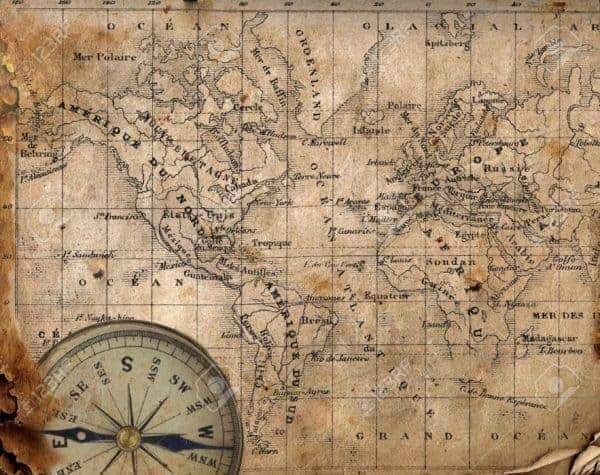Maps have always been a guide to the world around us, but they are more than just descriptions of the landscape and directions across the sea. Maps give insight into the culture and history of humanity. Ancient maps have been able to completely change how we see the ancient world, just as those maps were once the first glimpse some people got of the larger world they lived in. Here are some of the oldest and most influential maps of the ancient world.

Forma Urbis Romae
The Forma Urbis Romae was carved sometime at the beginning of the 3rd century. It is believed to be a very large marble plan of Rome that represented every architectural feature in the city. There was no building or hovel left off of the map and each road was clearly defined. The map was hung on the interior wall of the Temple of Peace.
The map measured 60 feet wide by 45 feet high and it was carved into 150 marble slabs. The map has the specific years 205-208 and was based on property records at the time. It was created on a scale of 1:240 and was so detailed that it included the floor plans of nearly every temple, bath and, insula in the city.
The boundaries of the map were defined by the amount of space that they had on the marble rather than any specific geographical or political borders. The map was oriented with the south at the top of the map and it even included the names and plans of both public and private homes and buildings. The function of the map is unknown, although some believe that it might have been used to record land ownership because of the meticulous its nature. Others believe the size of the map made this impractical, and that it was just done as a showpiece.
Sadly, the map did not withstand the test of time. During the Middle Ages, the marble stones were taken down to be used as building materials or for making lime. Today, only 1,186 pieces of the map are known to still exist, and all the pieces together only make up 10% to 15% of the overall map.

